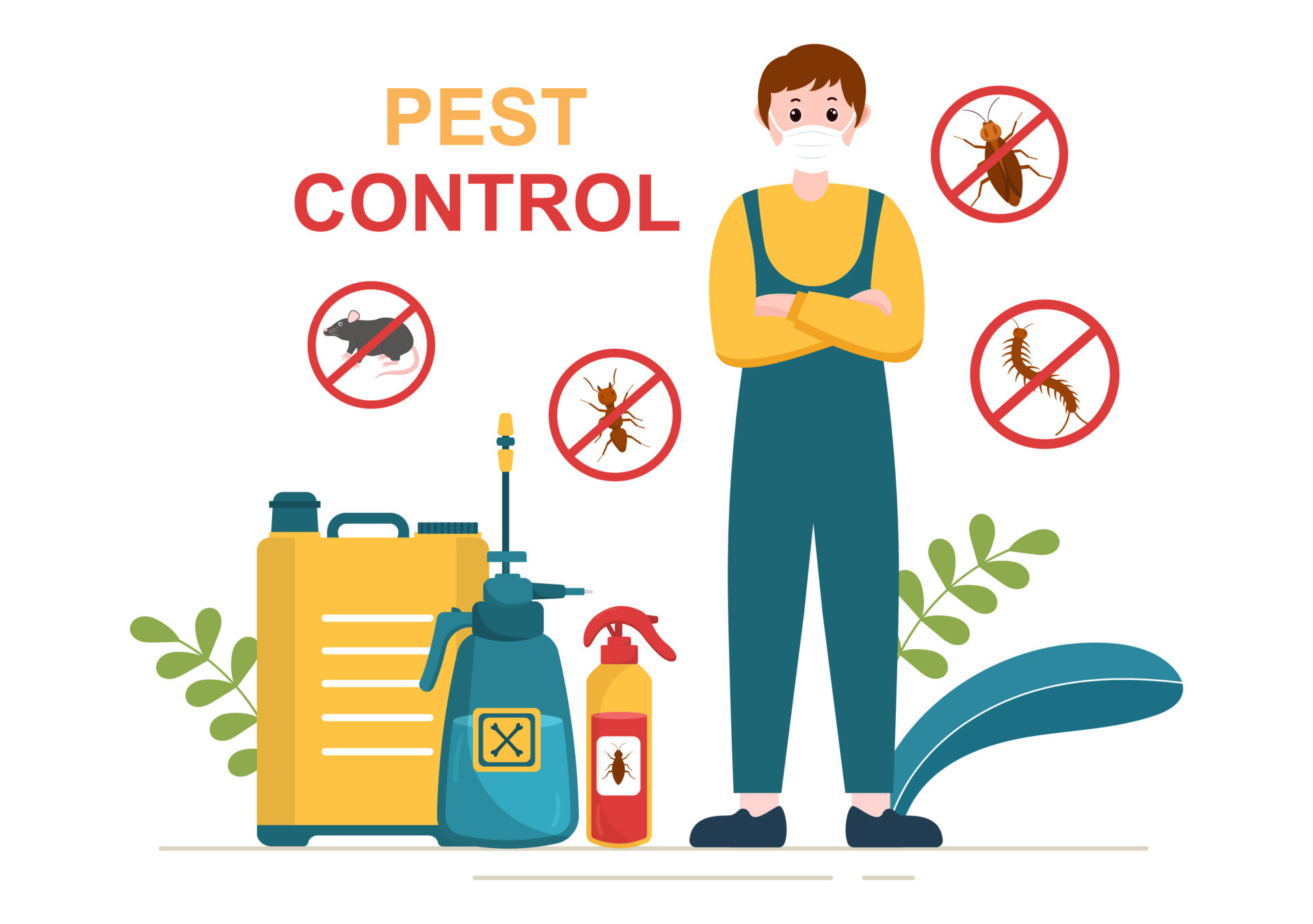Specialist Insect Control Techniques for Long-Term Outcomes
In the realm of bug control, achieving continual effectiveness and long-term outcomes requires a meticulous approach that transcends mere elimination. Professional bug control techniques envelop a comprehensive strategy that starts with a comprehensive examination and evaluation, adhered to by accurate bug identification to recognize their habits patterns. The execution of Integrated Insect Monitoring (IPM) principles, combined with eco-conscious therapies, forms the keystone of sustainable bug eradication. The true test exists in the recurring monitoring and upkeep of the dealt with locations, guaranteeing a pest-free atmosphere for the direct future. By diving right into the complexities of these strategies, a much deeper understanding of professional insect control techniques for withstanding end results arises.
Inspection and Analysis
Upon getting in a home for insect control solutions, the initial step is a comprehensive assessment and assessment to recognize the extent of the infestation and identify the most effective treatment strategy. Specialist bug control technicians are trained to diligently check out the premises, searching for signs of parasite task such as droppings, nibble marks, nests, or any architectural damage. They will likewise evaluate the conditions that might be attracting pests, such as food resources, water leaks, or access factors.

Parasite Identification and Habits

In addition, understanding the actions of the identified pest is key to applying effective control actions. Knowing where insects nest, what they feed on, and their activity patterns can assist pest control specialists develop techniques to eliminate them effectively.
Integrated Parasite Administration (IPM)
Integrated Pest Administration (IPM) strategies combine multiple methods to control and stop pest invasions in a lasting and eco-friendly manner. pest control. By integrating approaches such as organic control, habitat control, alteration of cultural methods, and the usage of immune ranges, IPM aims to reduce using how can we control pests chemical pesticides
Among the key principles of IPM is the focus on avoidance. This aggressive approach involves surveillance insect populaces regularly to discover any type of possible concerns prior to they rise. By determining bug troubles early on, pest control measures can be executed quickly and successfully.
Moreover, IPM advertises the use of safe bug control approaches whenever feasible. This can consist of using all-natural killers of the bugs, presenting helpful insects, or using pheromones to disrupt breeding patterns. By reducing dependence on article chemical pesticides, IPM not just shields the setting however additionally aids keep an equilibrium in the environment.
Environmentally-Friendly Treatments
Carrying out eco-conscious methods in insect control procedures can properly deal with infestations while focusing on ecological sustainability. Environmentally-friendly therapies focus on minimizing the impact of parasite control approaches on ecosystems, non-target microorganisms, and human wellness. These techniques frequently involve making use of all-natural predators, such as ladybugs or nematodes, to control pest populaces, decreasing the requirement for chemical interventions. In addition, methods like habitat control, such as readjusting moisture levels or removing food resources, can assist deter parasites without the usage of damaging substances.
Another trick element of environmentally-friendly therapies is using natural and biodegradable items that break down swiftly without leaving harmful deposits in the setting. Herb pesticides stemmed from plants like chrysanthemums or neem offer efficient pest control while positioning marginal risk to non-target types. Employing methods like warm therapies or scent catches can target specific insects with accuracy, lowering the general ecological impact of insect control methods.
Continuous Surveillance and Upkeep
Continuous monitoring and upkeep are necessary elements of reliable insect control administration. Continuous surveillance plays an essential role in guaranteeing that bug invasions are detected early and handled immediately. Routine assessments by experienced specialists are needed to determine any type of indicators of pest task, analyze the performance of previous therapies, and make modifications to the insect control plan as required. By checking pest populaces with time, bug click now control professionals can track patterns, anticipate possible concerns, and carry out precautionary measures to minimize the threat of future problems.
Along with surveillance, maintenance practices are crucial for lasting pest control success. This includes carrying out proper cleanliness actions to remove potential food and water sources for insects, sealing entrance indicate protect against parasites from entering the premises, and attending to any kind of architectural concerns that could facilitate pest problems (Pest control Washington DC). By including recurring tracking and maintenance into an integrated insect management technique, services can make sure a pest-free atmosphere and secure their property versus pricey damages and health and wellness dangers
Final Thought
Finally, utilizing professional pest control techniques such as comprehensive evaluation and assessment, exact parasite recognition and understanding of their actions, incorporated bug administration techniques, environmentally-friendly treatments, and recurring surveillance and maintenance are important for achieving long-term results in parasite control. By carrying out these techniques, individuals can properly handle pest problems and preserve a pest-free environment in a lasting way.